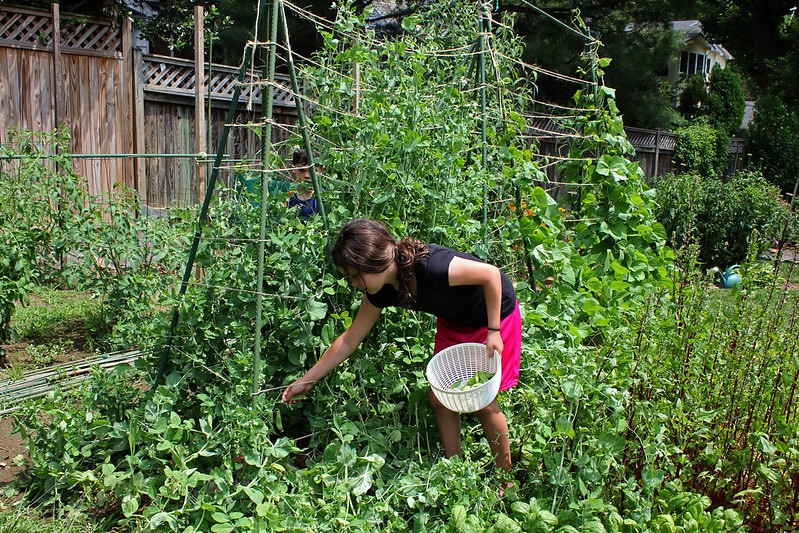
Teaching Children Sustainability Through DIY Projects

Children learn new things about the world every day. When they’re not discovering words or watching educational shows on TV, they build social and emotional connections with other people. It’s good to continually expand their knowledge, especially at home.
You don’t need to start homeschooling or form lesson plans to teach your kids about things like the environment. Sometimes it’s best to do something engaging, like crafts or tasks that require active participation.
Read on to learn about teaching children sustainability through DIY projects. As they complete activities with an environmental focus, they’ll form memories and store information more easily.
1. Try Recycling Crafts
Recycling is a popular way for people to help the planet. Anyone can find recycling bins in public spaces, businesses and rental communities. It’s easy to do, and your kids might already know about it, but you can show how them how it makes a difference with crafts.
Using objects around the home you’d typically throw away, make fun recycling crafts to introduce the visual concept of reusing materials. For instance, you can make a rocket ship out of plastic containers, like juice jugs. Your kids will see how they can find new purposes for old things, keeping them out of landfills and the environment.
2. Make Laundry Detergent
Kids don’t realize when you do their laundry, the detergent contains toxic chemicals and solvents that wash into the environment with each load. Those chemicals affect the local wildlife and eventually make their way into streams and the ocean. Introduce the concept of fun, homemade sustainability by making chemical-free laundry detergent with ingredients like baking soda, borax and bar soap.
3. Start a Garden
Sustainability also has to do with your food supply. You can rely less on transported food and plastic packaging if you grow food in a garden. Your kids will love planting the seeds and watching everything grow with proper watering. As long as they’re old enough to commit to this kind of long-term project, they’ll get to experience the joy of eating something you grew and harvested together.
4. Find Sustainable Materials
If your kids want to do traditional crafts, you can still make it a sustainable activity. The key is to find environmentally-friendly materials for whatever they want to create. If they’re going to do a craft that involves something like yarn, you could try using bamboo yarn at home, which is better for the planet. It contains sustainable materials that are easy to harvest and replace without adding to worldwide pollution.
5. Use a Rain Barrel
Water waste is also a sustainability issue. Point out to your kids how much they use when they shower, do dishes or play with the sprinkler in the yard. Set up a rain barrel and encourage them to monitor how much it collects over days and weeks. Use two or more and start a competition with a prize to see who can collect the most rain to make it more exciting.
Consider Your Children’s Personalities
Every child is different, so consider their personalities before deciding on the next sustainability project for your family. They may want to do fun crafts or start a garden, depending on their age and interests. Once you find exciting ideas, they’ll want to learn more about how they can help the environment.



Post a comment